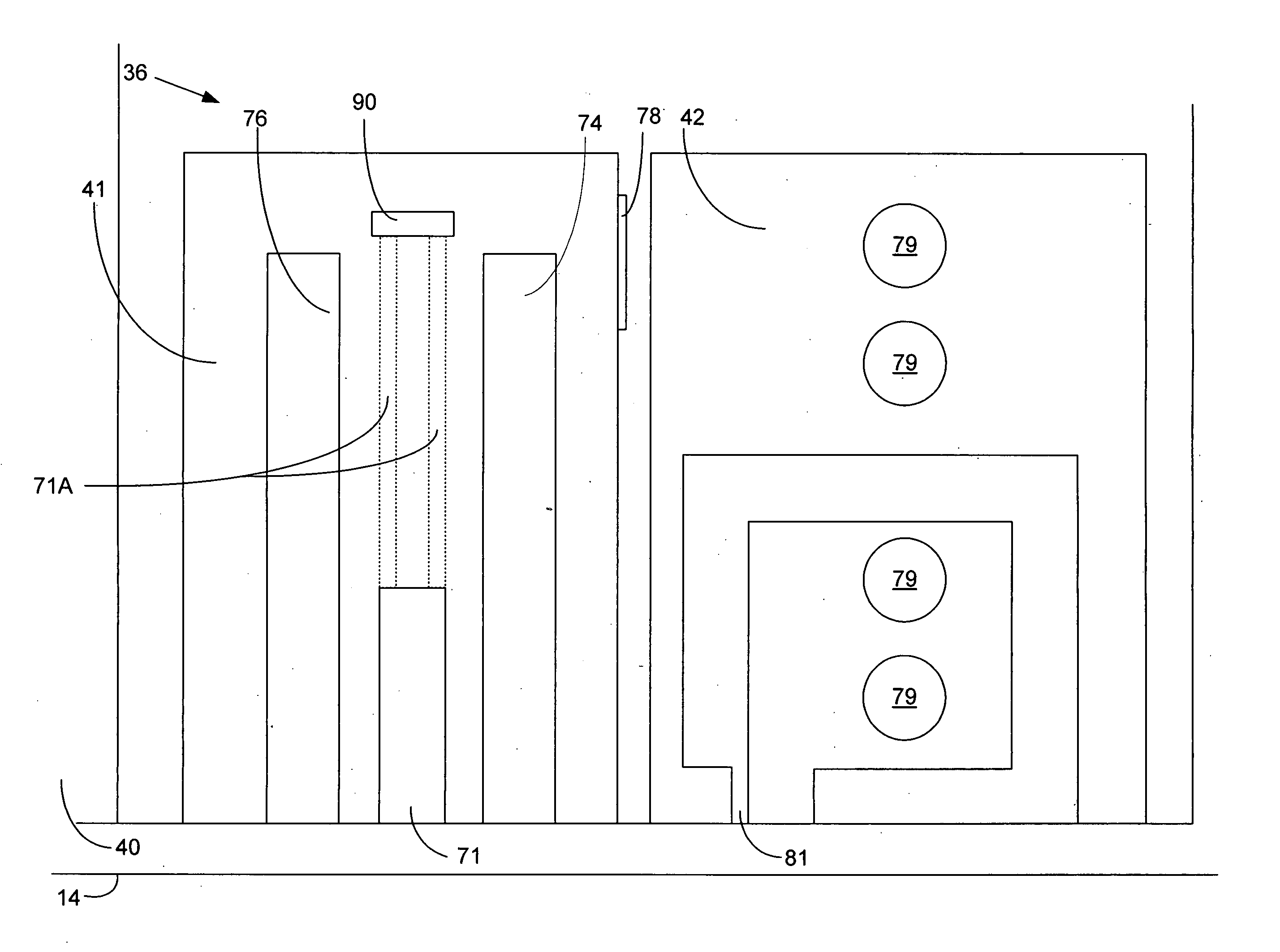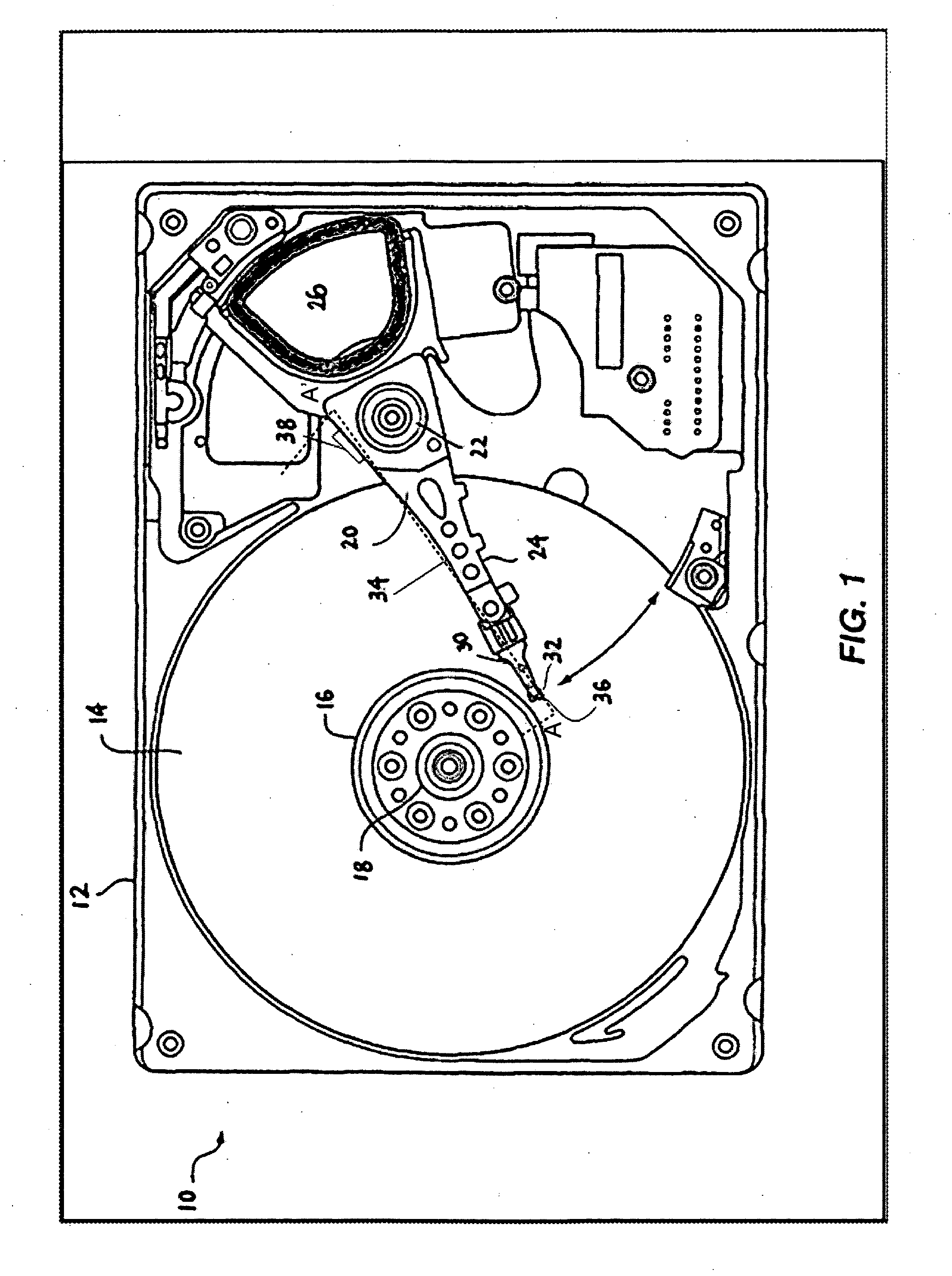Low thermal coefficient of resistivity on-slider tunneling magneto-resistive shunt resistor
- Summary
- Abstract
- Description
- Claims
- Application Information
AI Technical Summary
Benefits of technology
Problems solved by technology
Method used
Image
Examples
Embodiment Construction
[0033] Reference will now be made to the accompanying drawings, which assist in illustrating various pertinent features of embodiments of the present invention. Although embodiments of the present invention will now be described primarily in conjunction with disk drives, it should be expressly understood that embodiments of the present invention may be applicable to other applications where magnetic recording of data is required or desired. In this regard, the following description of a disk drive is presented for purposes of illustration and description. Also, embodiments of the present invention are described in terms of perpendicular recording systems, but the teachings of embodiments of the present invention are readily extended to other systems such as longitudinal recording systems and the like.
[0034]FIG. 1 illustrates a disk drive 10 in accordance with an embodiment of the present invention. The disk drive 10 generally includes a base plate 12 and a cover (not shown) that ma...
PUM
 Login to View More
Login to View More Abstract
Description
Claims
Application Information
 Login to View More
Login to View More - R&D
- Intellectual Property
- Life Sciences
- Materials
- Tech Scout
- Unparalleled Data Quality
- Higher Quality Content
- 60% Fewer Hallucinations
Browse by: Latest US Patents, China's latest patents, Technical Efficacy Thesaurus, Application Domain, Technology Topic, Popular Technical Reports.
© 2025 PatSnap. All rights reserved.Legal|Privacy policy|Modern Slavery Act Transparency Statement|Sitemap|About US| Contact US: help@patsnap.com



